This morning, the National Assembly passed a Resolution to pilot a number of specific and special mechanisms and policies to develop the urban railway network system in Hanoi and Ho Chi Minh City.
According to the resolution, the two largest cities in the country were allowed to divide the project into component projects and sub-projects upon approval; and decided not to hold a competition for architectural plans.
Hanoi and Ho Chi Minh City will receive an advance from the local budget for the following year to implement the project; establish a master technical design instead of the basic design and assign the investor to decide on approving the remaining design steps; stipulate the total investment amount and the estimate will apply the norms and unit prices announced by international organizations and similar projects in the world; and stipulate compensation, support, resettlement, and land recovery.
The Resolution also empowers the Prime Minister to decide on the arrangement of medium-term and annual public investment plans for localities; use increased revenue sources, annual savings from the central budget and other legal capital sources without having to follow the order of priority.
The Prime Minister can mobilize ODA capital and preferential loans without having to prepare project proposals. The City People's Council is responsible for arranging medium-term and annual public investment plans, local budget capital, increased revenue sources, expenditure savings and other legal capital sources to implement urban railway projects.
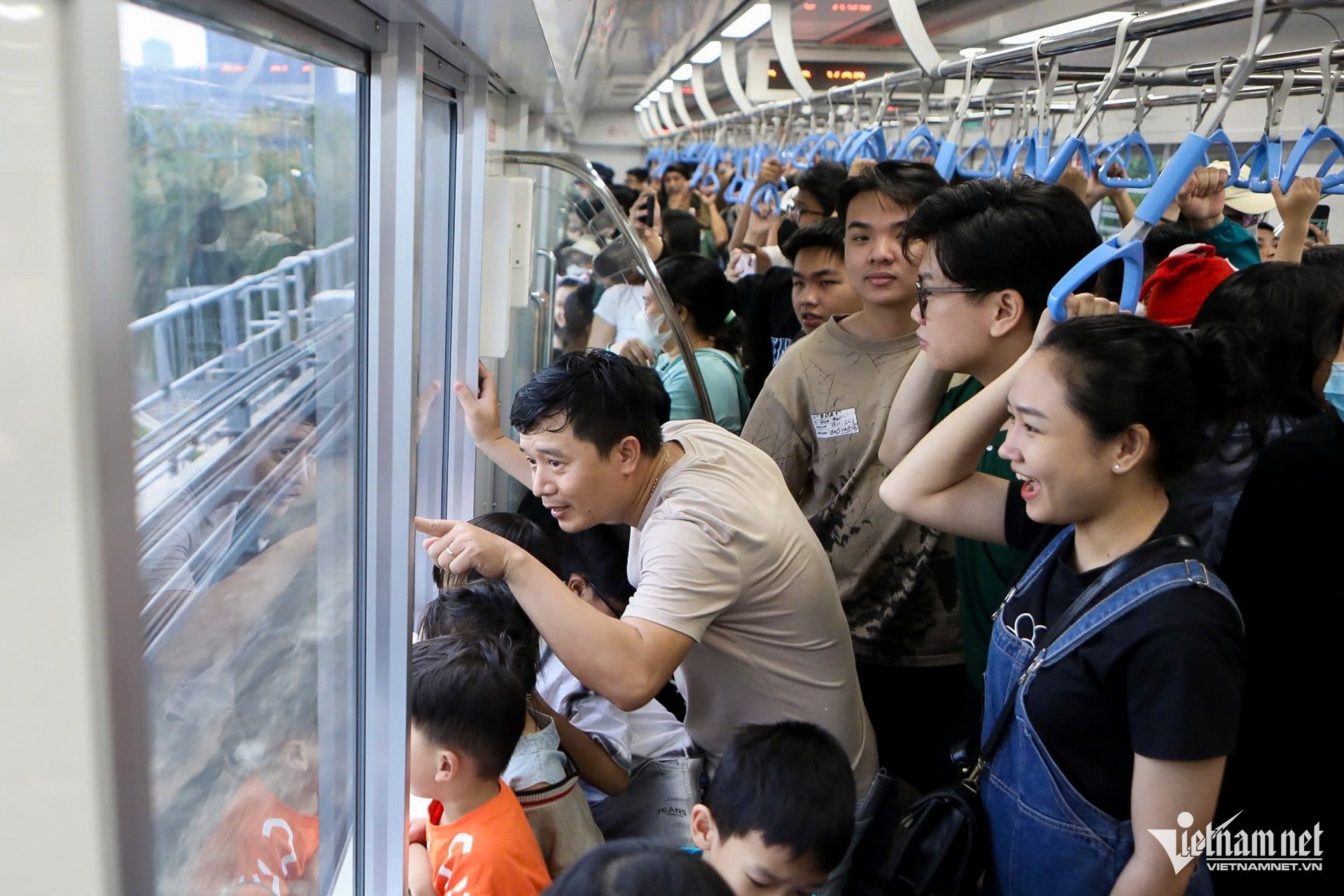
Specifically, based on the ability to balance and arrange the medium-term public investment plan, the central budget will annually supplement the local budget with a target, not exceeding VND 215,350 billion for Hanoi and not exceeding VND 209,500 billion for Ho Chi Minh City in the medium-term public investment plan periods of 2026-2030 and 2031-2035 as the basis for deciding on investment and implementing investment projects.
The National Assembly also allows the Ho Chi Minh City People's Committee to borrow through the issuance of local government bonds, borrowing from domestic financial institutions, other domestic organizations and from foreign loans of the Government to lend to the City and other legal forms of capital mobilization. The total outstanding loan balance shall not exceed 120% of the City's budget revenue according to decentralization. In case of exceeding, the National Assembly shall consider and adjust the outstanding loan balance to suit the actual needs of the City.
Before the National Assembly voted, National Assembly Secretary General Le Quang Tung said that the Standing Committee agreed on the necessity of issuing a resolution to resolve institutional "bottlenecks", speed up the progress of urban railway projects, and meet public transport needs.
Regarding the proposal to clarify the feasibility of allocating resources for the urban railway network of the two cities, the National Assembly Standing Committee said that this network is large-scale and has been invested in over many medium-term public investment plans.
The Government has proposed using local budget sources and central budget sources to supplement targeted local budgets. In the process of developing the medium-term public investment plan for the 2026-2030 and 2031-2035 periods, the Government will base on the ability to balance capital to allocate to projects, ensuring macroeconomic balance and public debt safety according to regulations. At the same time, it will propose specific and special mechanisms and policies to ensure feasibility in resource mobilization.
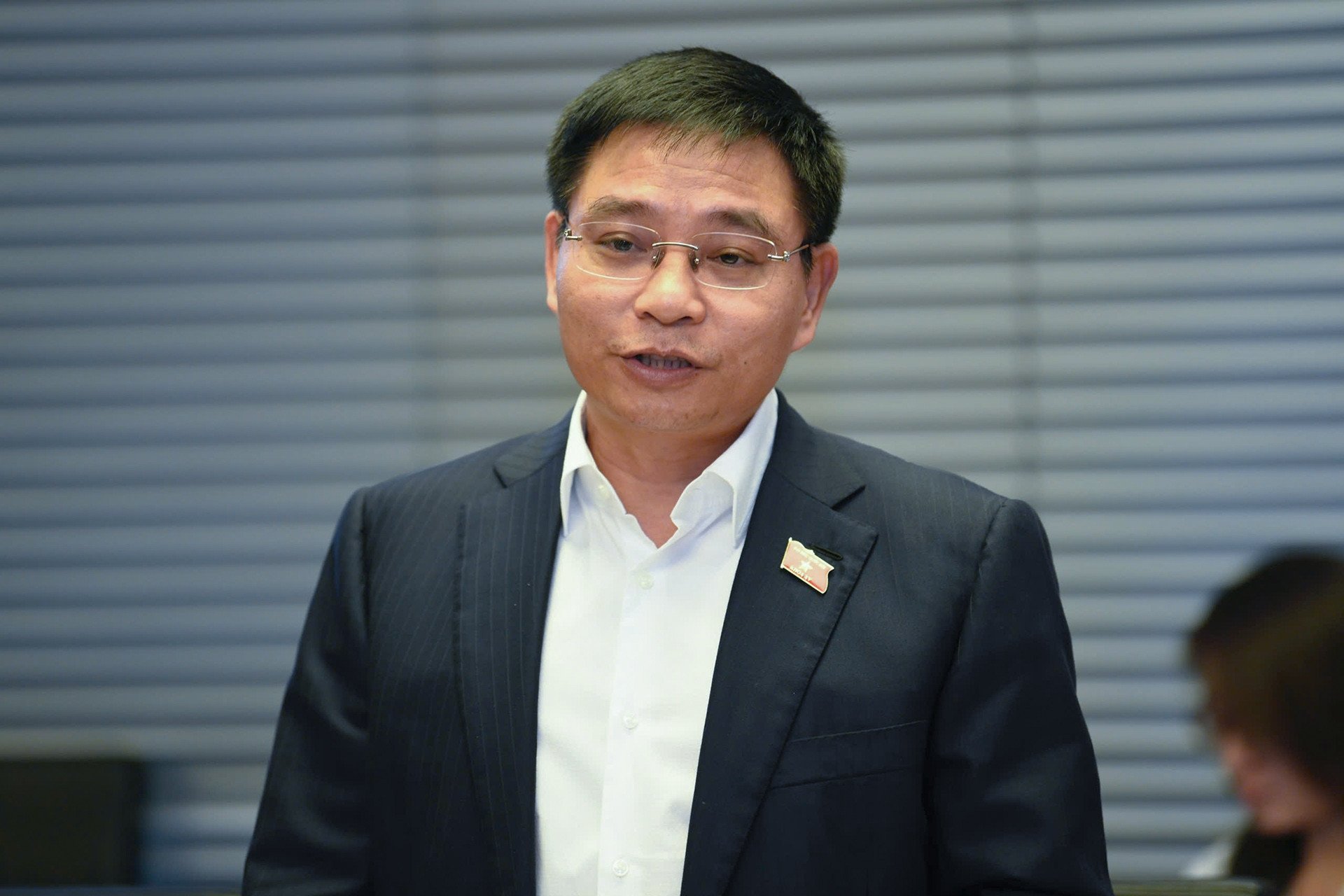
Minister of Transport: There are opinions that high-speed railway will be behind schedule like metro
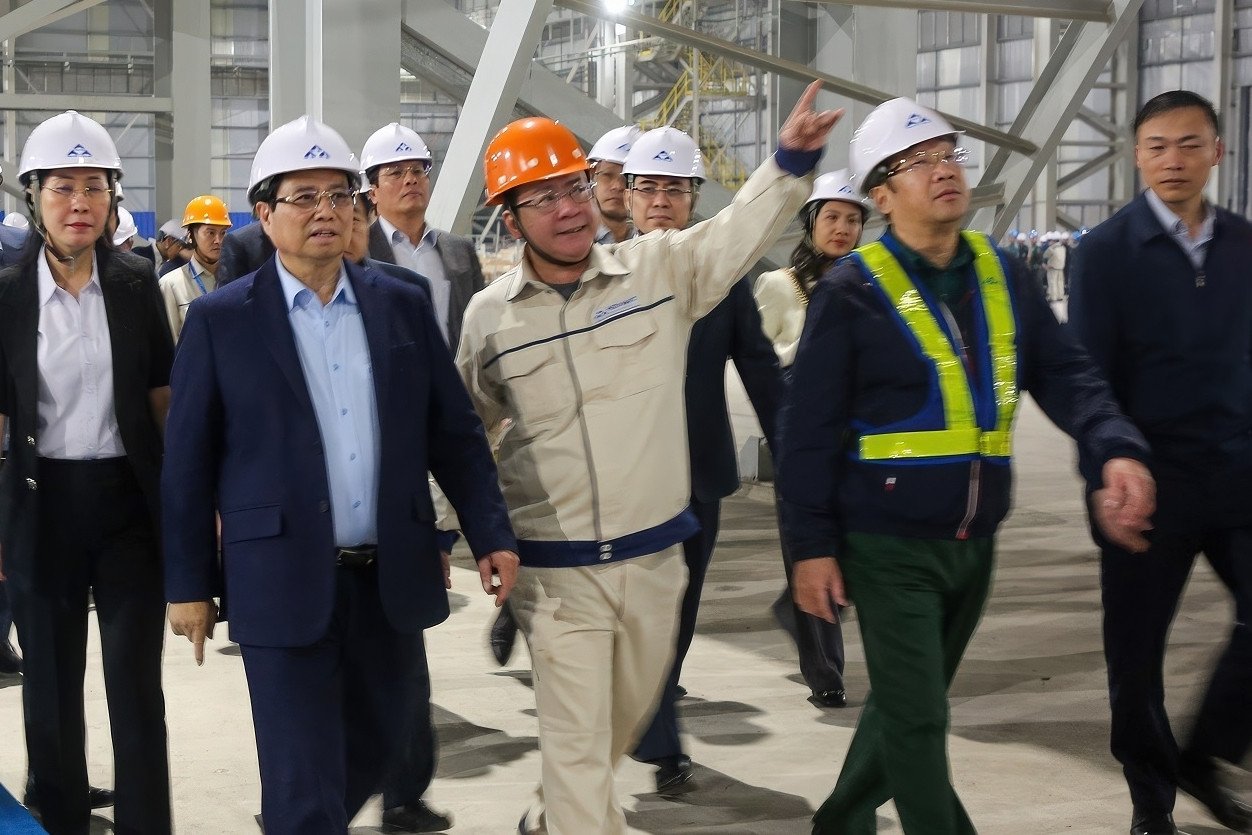
Prime Minister encourages Hoa Phat to build high-speed railway
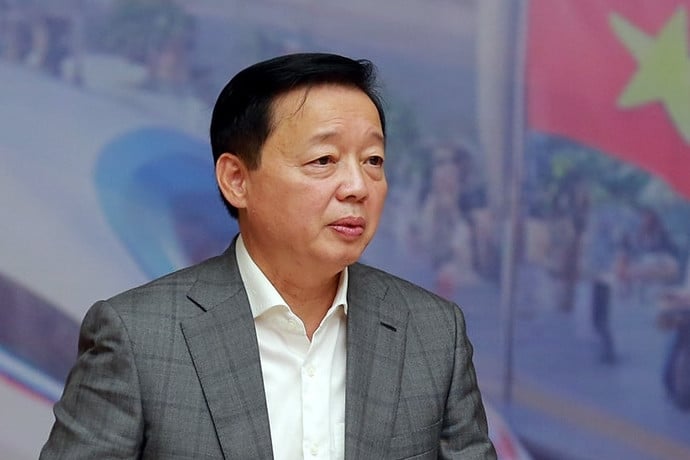
Deputy Prime Minister: Building high-speed railways to avoid 'cutting a plow in the middle of the road'
Source: https://vietnamnet.vn/ha-noi-tphcm-duoc-trao-nhieu-chinh-sach-dac-biet-de-phat-trien-duong-sat-do-thi-2372714.html








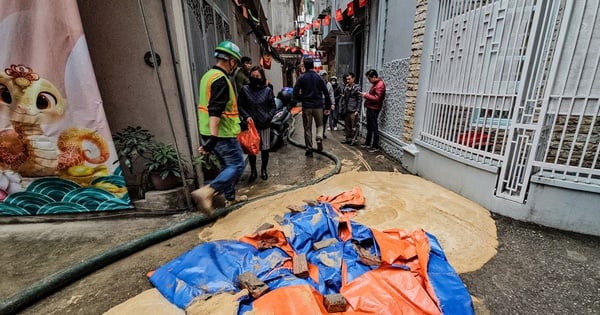

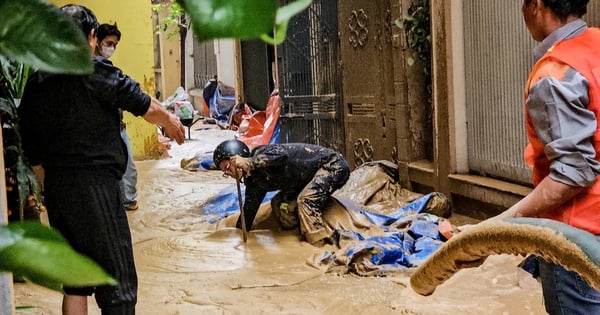

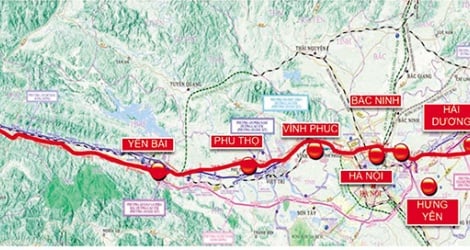

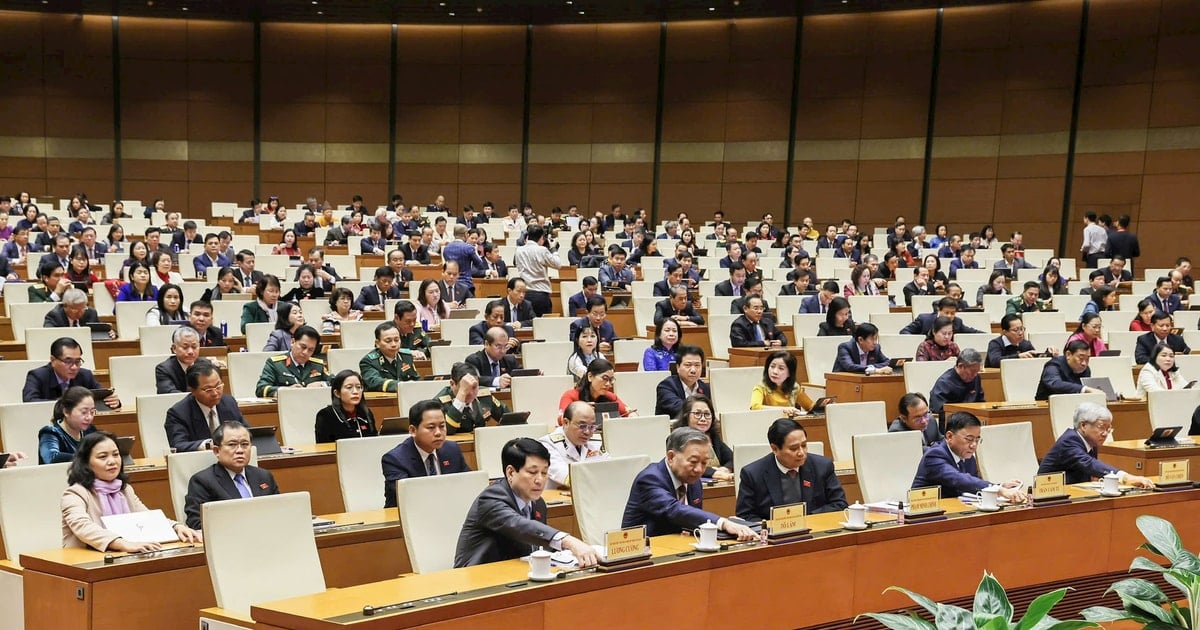

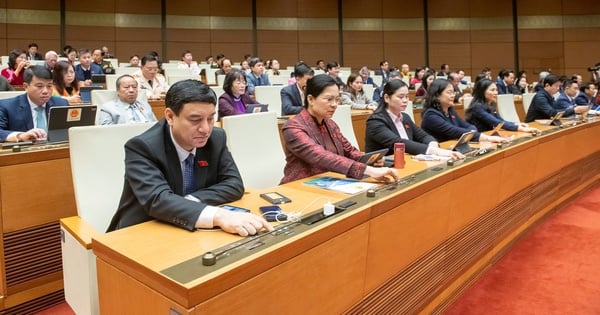
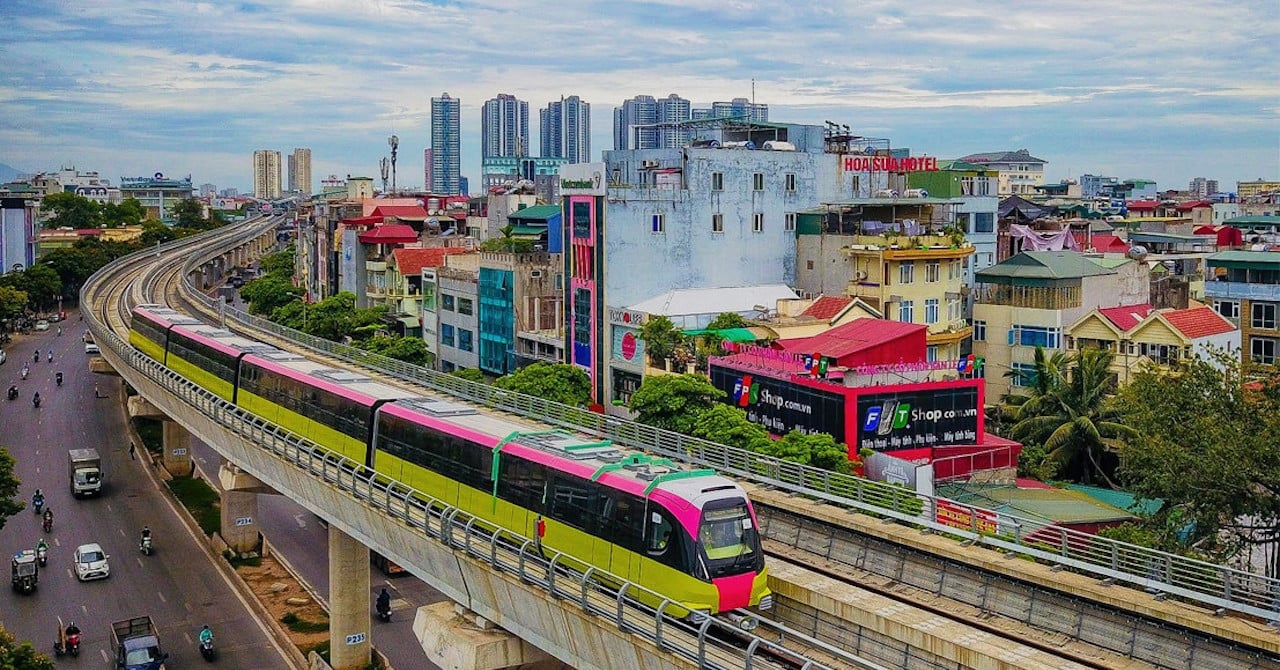
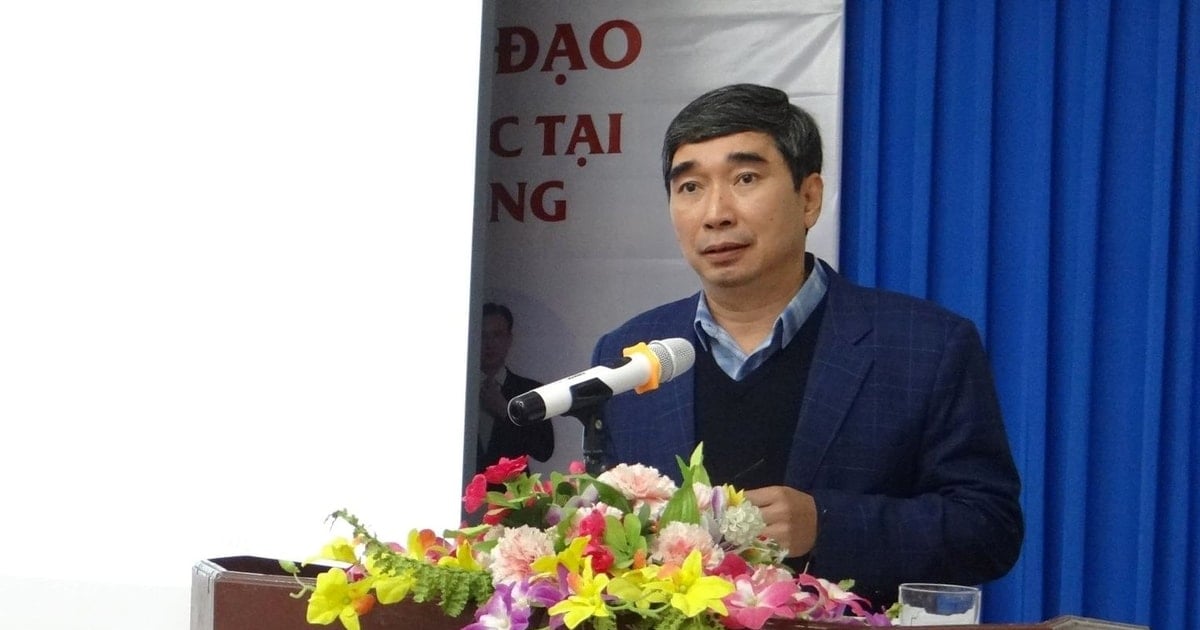

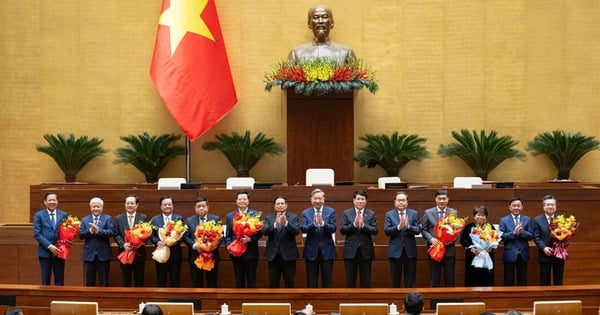
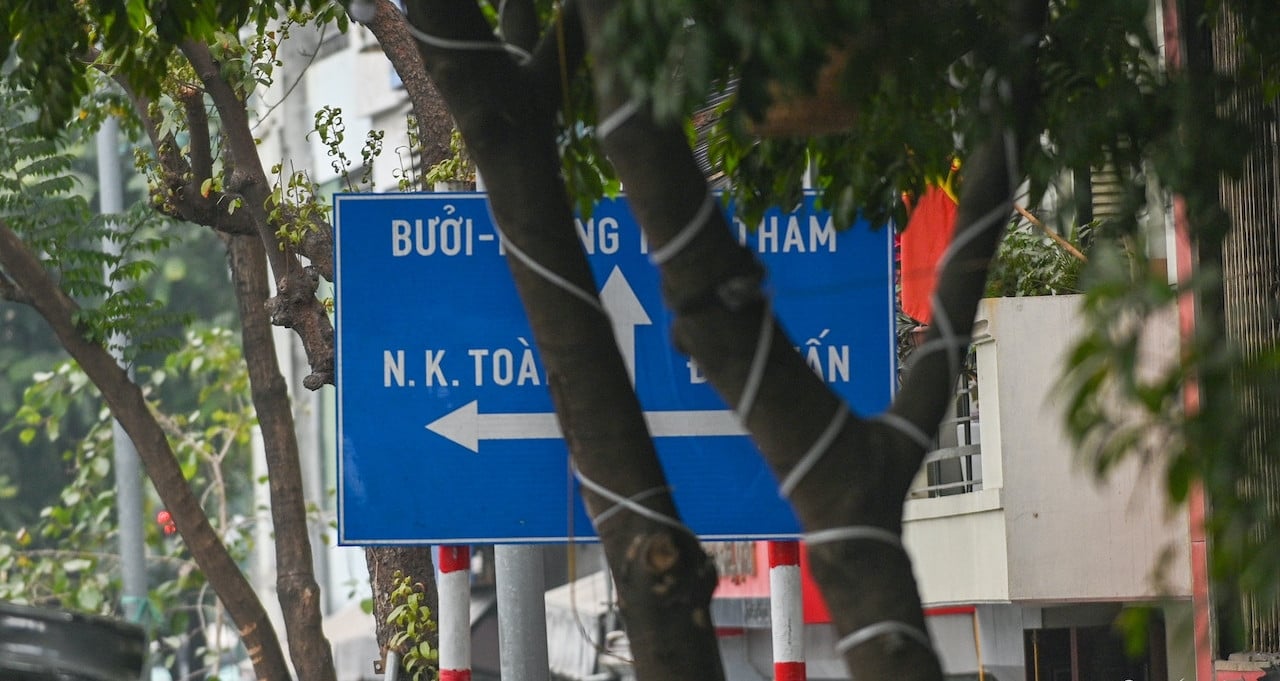


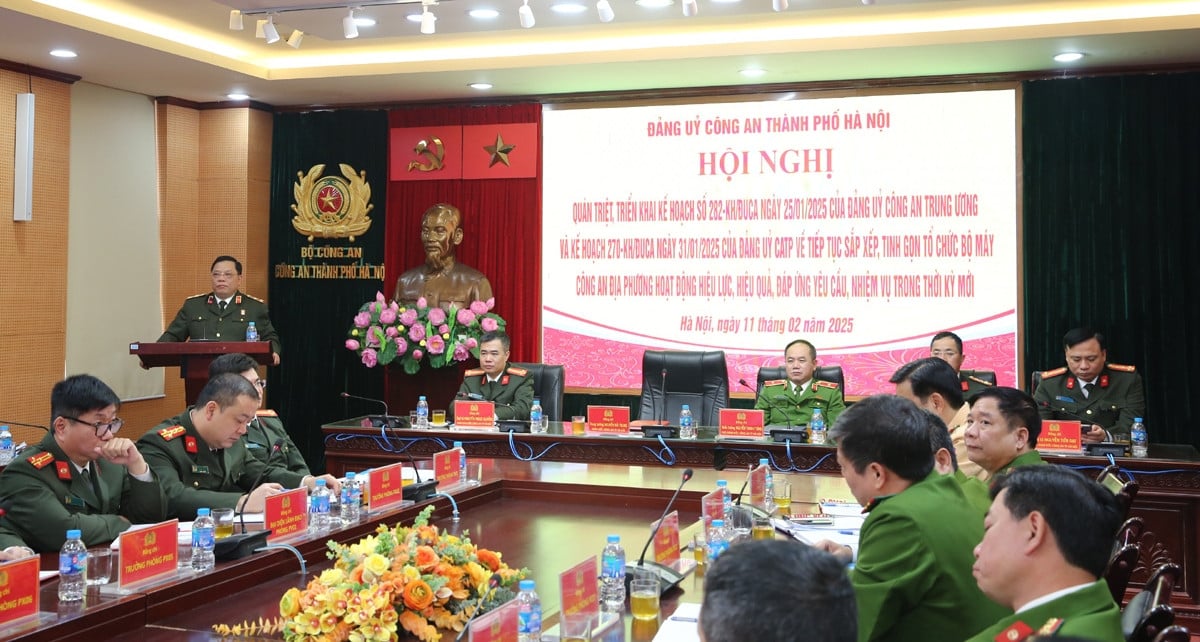
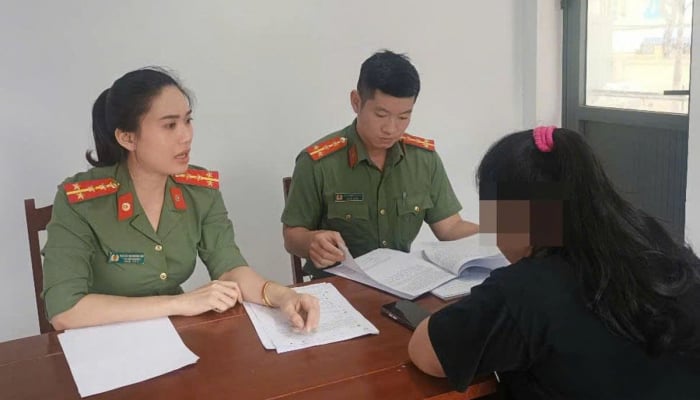



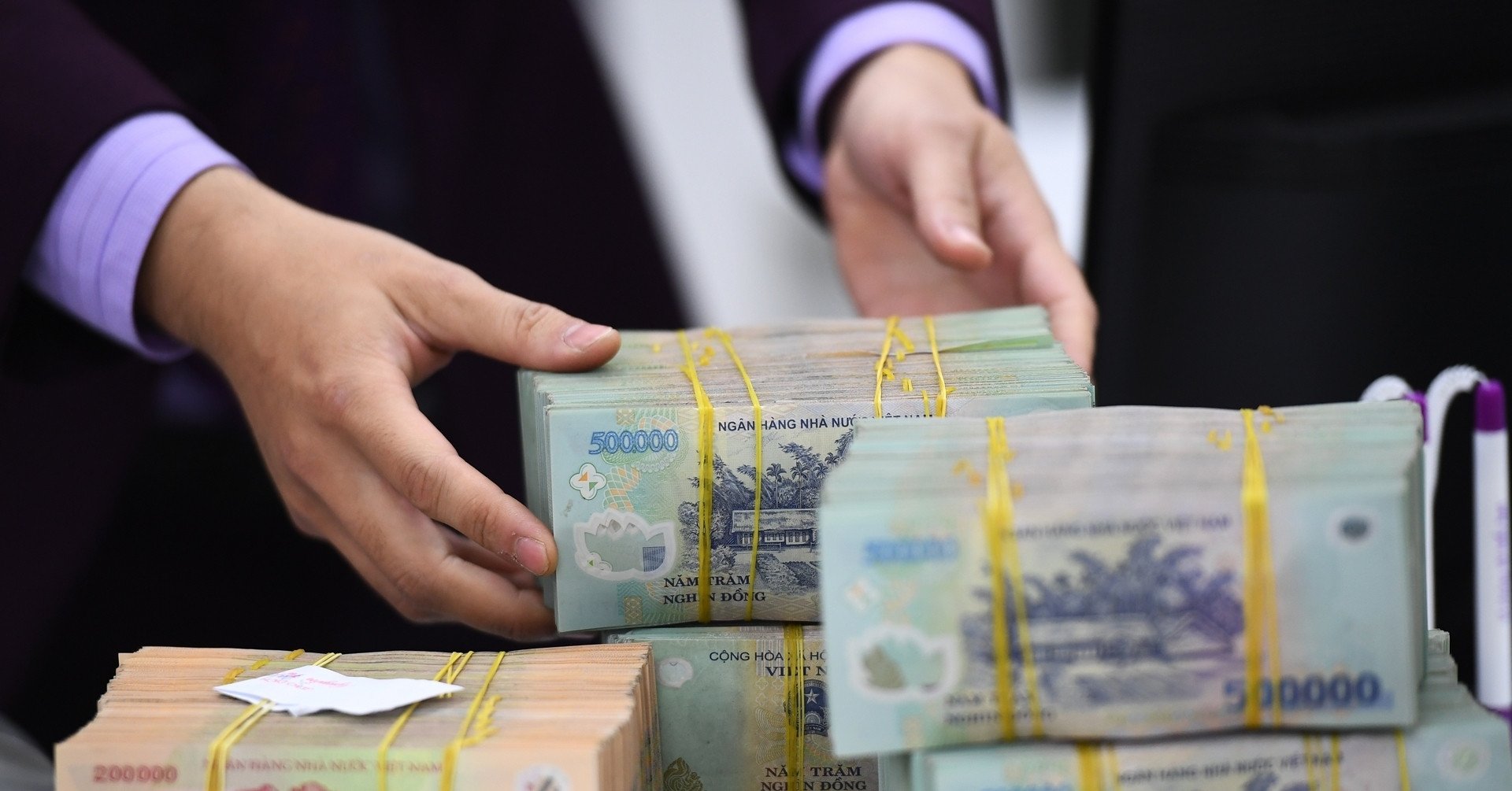
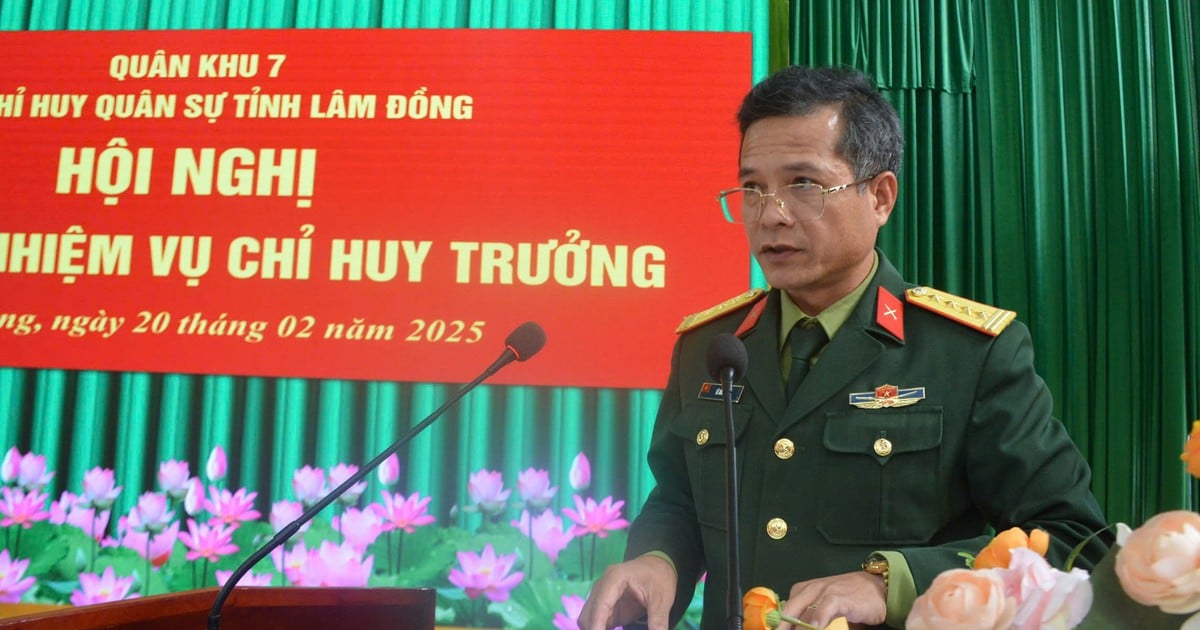


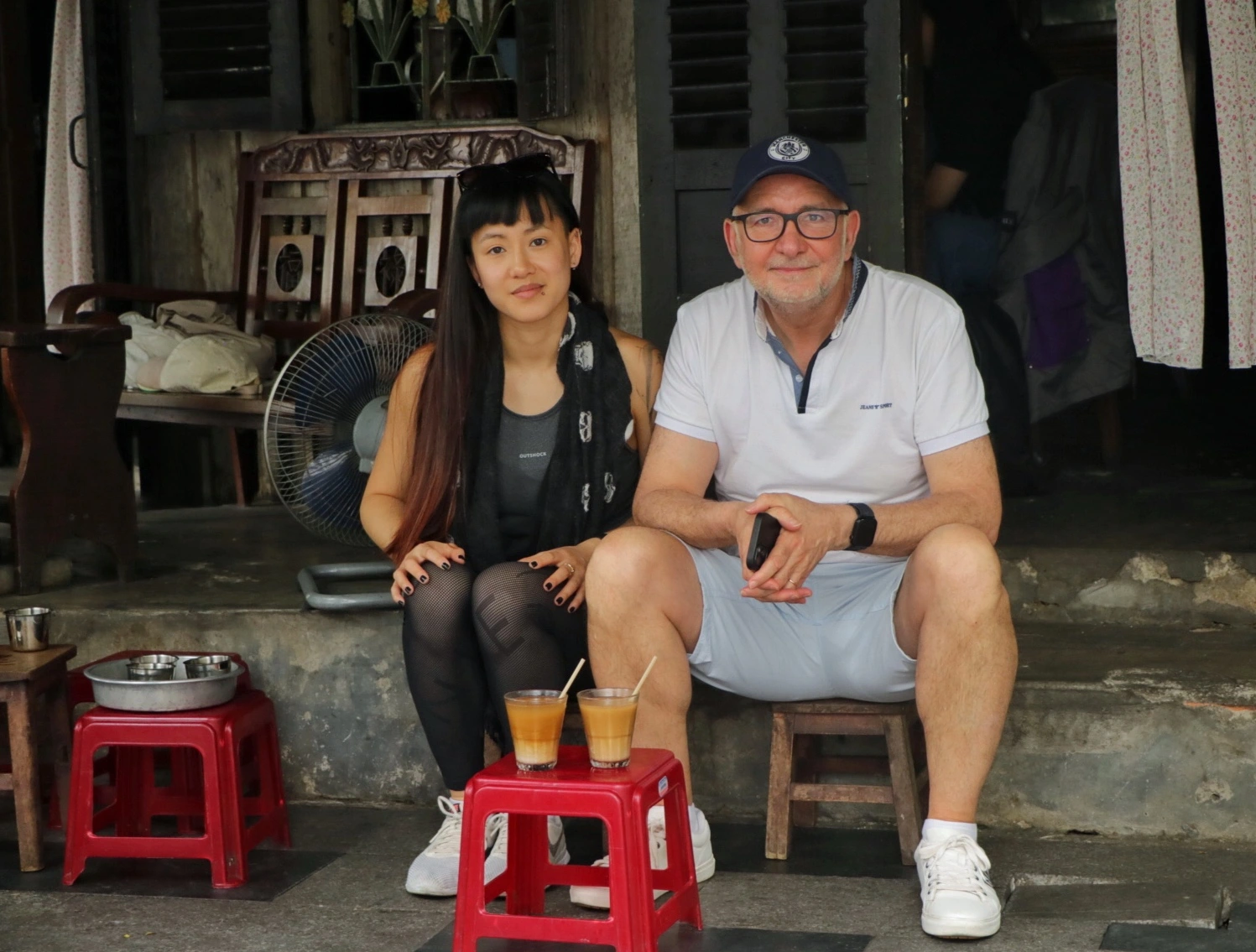

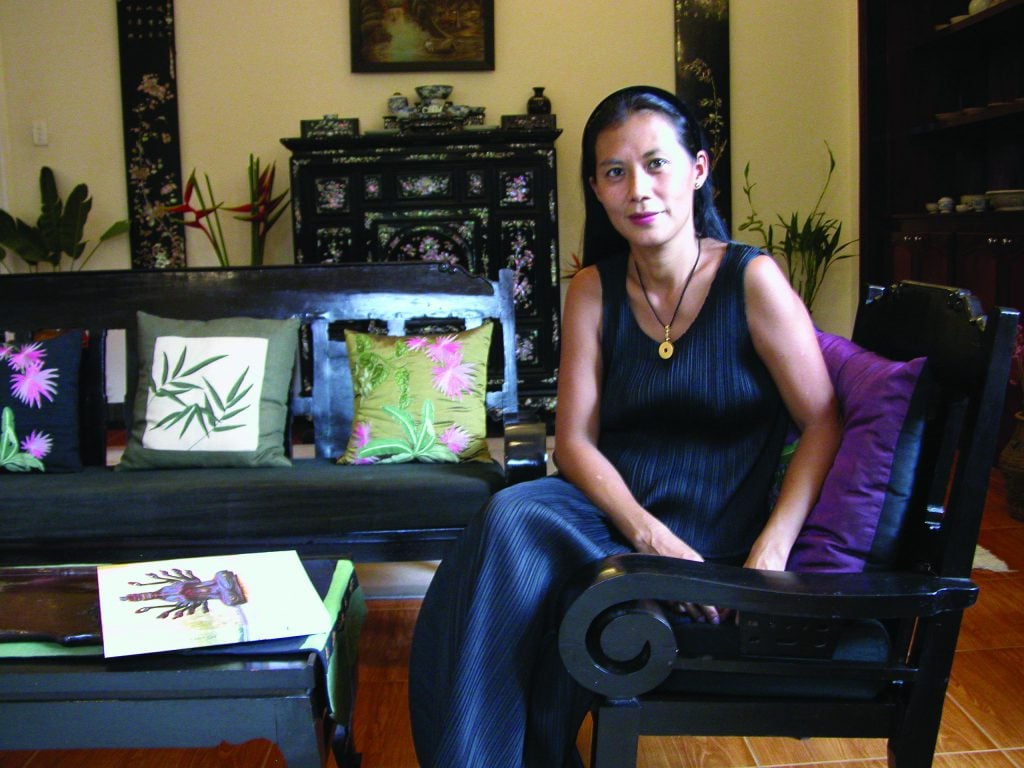



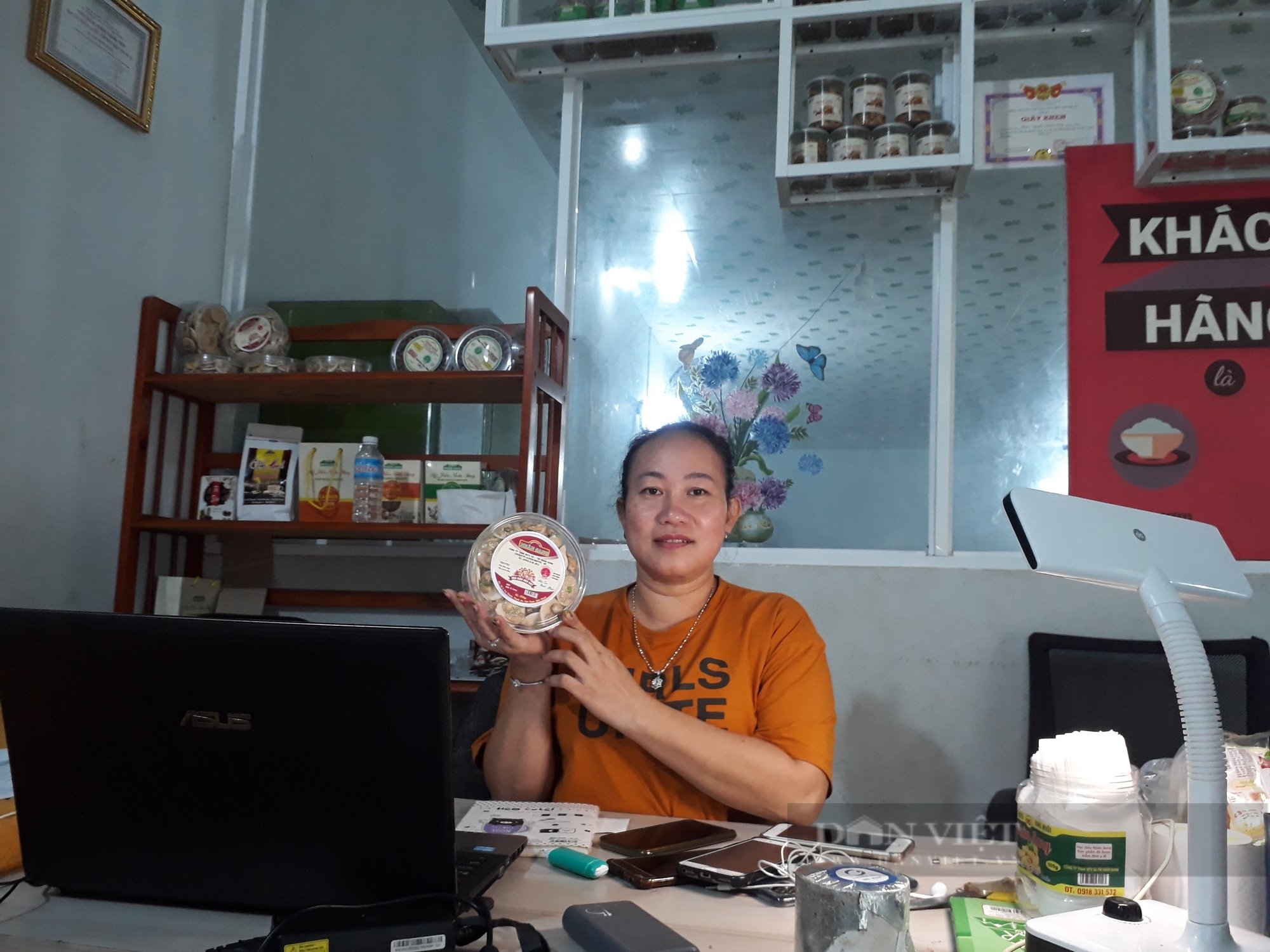

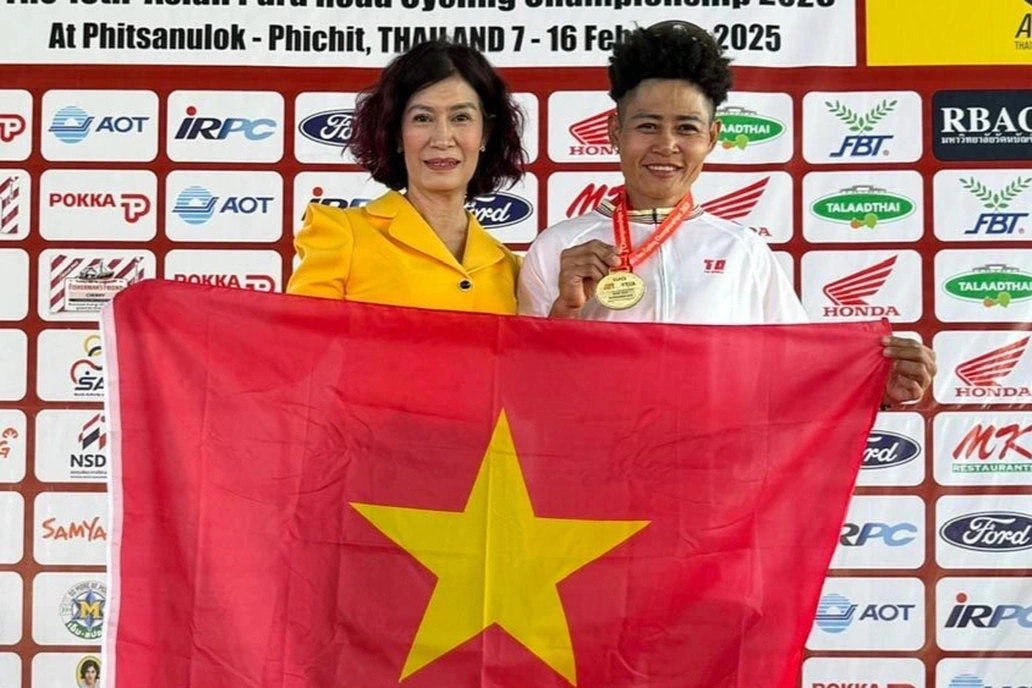

Comment (0)